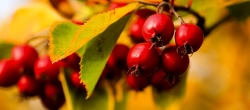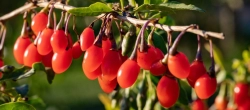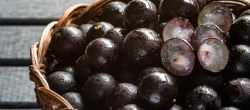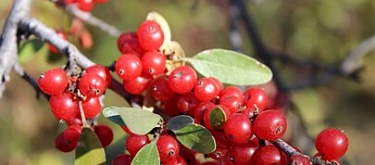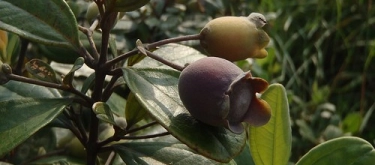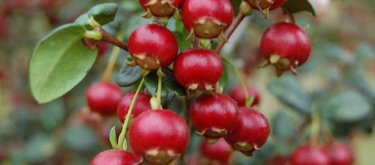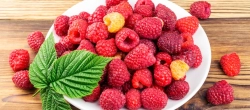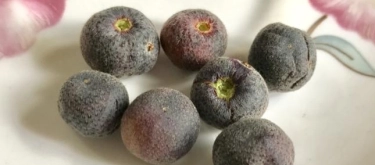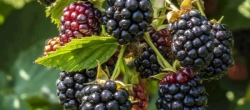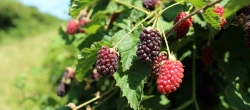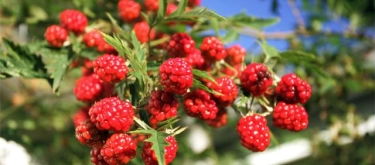Sea Buckthorn: Taste Profile, Aroma, Benefits and Health Risks
Sea Buckthorn (Hippophae rhamnoides) is a hardy shrub native to Europe and Asia, particularly thriving in harsh, coastal environments. Known for its vibrant orange berries and impressive nutritional profile, sea buckthorn has been utilized in traditional medicine and cuisine for centuries.
Sea buckthorn is generally safe for consumption but may cause allergic reactions in sensitive individuals.
What does Sea Buckthorn taste like?

Complete Sensory Description:
-
Taste: Sea buckthorn berries have a distinctive, sharply tart flavor with notable acidity, accompanied by subtle sweetness and slight bitterness, especially when consumed fresh.
-
Aroma: The berries have a mildly sweet, fruity aroma with hints of citrus and tropical fruit undertones.
-
Texture: Fresh berries possess a juicy, pulpy interior with small edible seeds, while the skin is relatively thin and delicate.
-
Appearance: Small, vibrant orange to yellow berries cluster densely along thorny branches, creating a visually striking presentation.
In-depth Flavor Analysis:
The tartness of sea buckthorn berries primarily arises from their exceptionally high vitamin C and organic acid content, including malic, citric, and quinic acids. The sweetness level varies depending on the maturity and specific variety, with fully ripe berries being less bitter and more balanced. Terpenes and flavonoids contribute additional fruity, slightly resinous flavor notes. When processed into juices, jams, or syrups, the berry's tartness is mellowed, enhancing sweetness and reducing bitterness, thus broadening its culinary applications.
Varieties and Culinary Applications:
Several varieties of sea buckthorn, including "Hergo," "Leikora," and "Russian Orange," vary slightly in taste and nutritional content. Fresh berries are commonly processed into juices, jams, syrups, and purees. Due to their intense tartness, they are rarely eaten fresh without sweetening. Sea buckthorn is widely used to flavor beverages, yogurts, desserts, sauces, and as a complement to meats, particularly game and poultry.
Selection and Storage:
Select plump, brightly colored berries without mold or discoloration. Fresh berries are highly perishable and should be refrigerated and used within a few days. Berries can also be frozen immediately after harvesting, preserving their nutrients and flavor for several months.
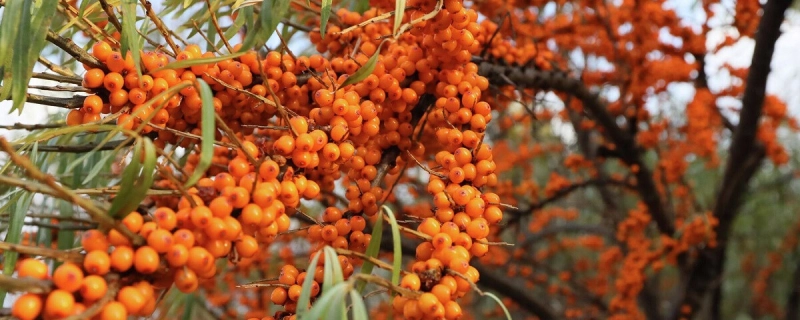
Nutritional Insights:
Sea buckthorn is exceptionally rich in vitamins C and E, carotenoids, essential fatty acids (omega-3, omega-6, and omega-7), and antioxidants. Regular consumption may support immune function, improve skin health, reduce inflammation, and promote cardiovascular wellness.
Expert Insights & Culinary Tips:
Chefs and nutritionists recommend blending sea buckthorn juice with sweeter fruits or honey to balance its intense tartness. It pairs excellently with dairy products, such as yogurt or ice cream, enhancing flavor depth and nutritional value. Using small amounts as a condiment or garnish effectively elevates the flavor of savory dishes.
Interesting and Curious Facts:
-
Historically revered by Tibetan and Mongolian cultures for its medicinal properties.
-
Widely utilized in traditional Chinese medicine for thousands of years.
-
Often called the "holy fruit of the Himalayas," sea buckthorn is noted for its resilience and ability to grow in harsh climates.
Harm and Dietary Considerations:
Excessive intake may cause digestive issues due to its high acidity. Individuals prone to acid reflux or gastrointestinal sensitivities should consume sea buckthorn moderately. Allergic reactions, although rare, may occur in some people.
Religious Dietary Considerations:
Sea buckthorn is universally acceptable across various religious dietary practices, with no known dietary restrictions.
Final Thoughts & Sensory Journey:
Sea buckthorn presents an intriguing blend of intense tartness and subtle sweetness, combined with remarkable health benefits. Its adaptability in culinary uses and nutritional richness positions it as an increasingly valued fruit worldwide.
Resources:
-
"Sea Buckthorn (Hippophae rhamnoides): Production and Utilization" by Thomas S.C. Li (2003).
-
"Healing with Whole Foods: Asian Traditions and Modern Nutrition" by Paul Pitchford (2002).
-
"Fruit Processing: Nutrition, Products, and Quality Management" by Jethro Adams (2013).
